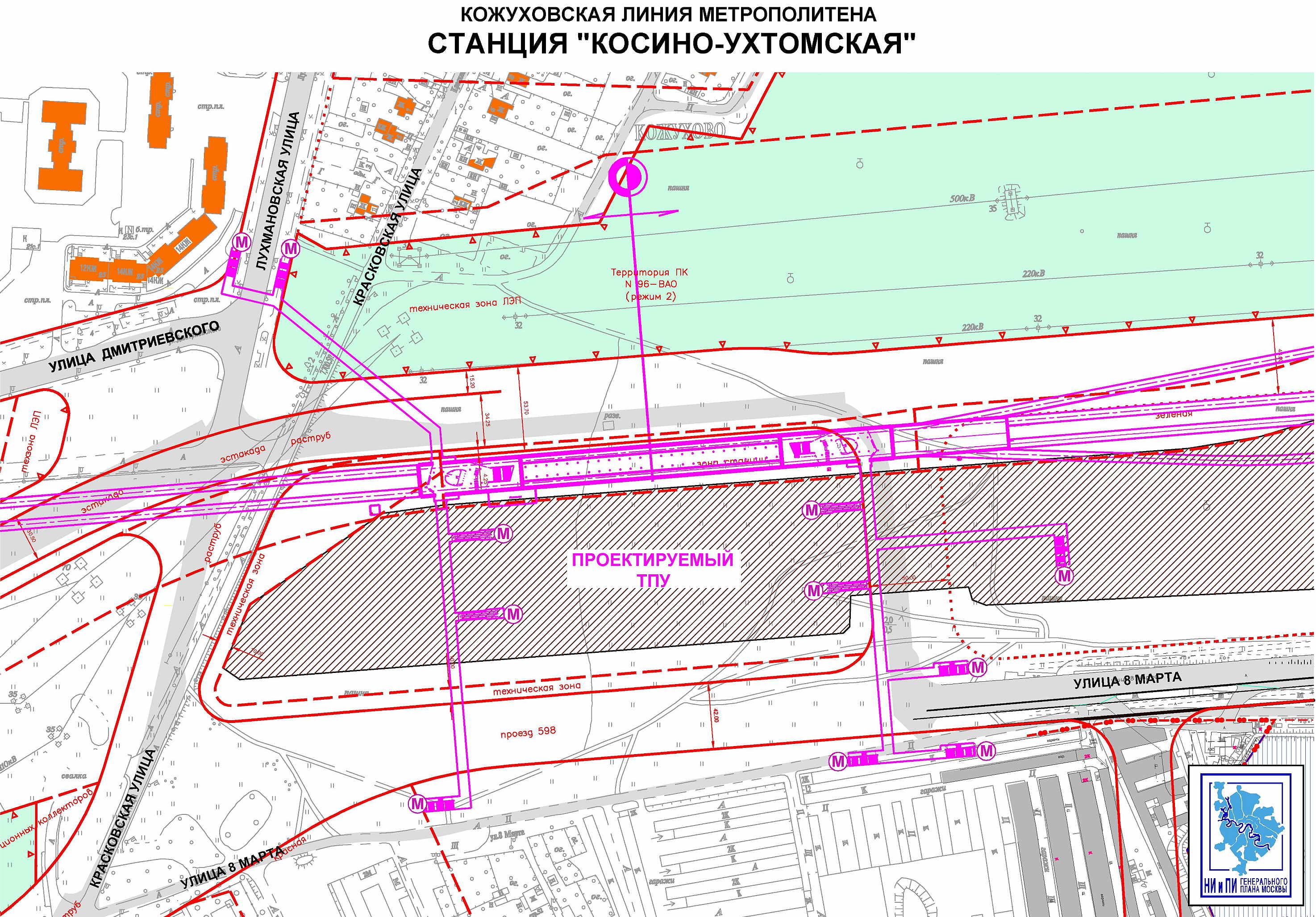
Managing stakeholder expectations is a crucial aspect of any construction project. Stakeholders can include individuals, groups, or organizations that have a vested interest in the project’s conclusion, such as project owners, architects, engineers, subcontractors, and stakeholder groups. If not managed effectively, stakeholder expectations can lead to delays, and a decrease in project performance. In this article, we will discuss how to manage stakeholder expectations in construction.
Understand Potential Stakeholders
The first step in managing stakeholder expectations is to identify all potential stakeholders involved in the project. This includes not only those involved in the project but also those who may be impacted on it, such as nearby residents or neighboring businesses. A clear understanding of who the stakeholders are and what their expectations are is essential to ensuring excellent relationships and coordination.
Communicate Accurate Expectations
————————————————
Once you have identified the stakeholders, it is essential to communicate realistic and achievable expectations to them. This includes project deadlines, budgets, and deliverables. Stakeholders should be informed about the project’s objectives, and any changes that may occur during the project. Regular updates should be provided to ensure stakeholders are aware.
Set Realistic Expectations
————————-
Stakeholders may have unrealistic expectations about the project, such as expecting it to be completed within an delayed timeframe or at a low cost. As a project manager, it is your obligation to set realistic expectations and manage stakeholder’s expectations accordingly. This involves educating stakeholders on the project’s uncertainties.
Use Stakeholder Analysis Techniques
———————————-
Stakeholder analysis is a tool used to understand and prioritize stakeholders based on their level of interest. By analyzing stakeholders using techniques such as Power-Interest Grid, you can better understand their expectations.
Engage Stakeholders in Decision-Making
————————————–
Stakeholders should be participated in decision-making processes that affect them. This includes scheduling project meetings to ensure stakeholders’ concerns are addressed. By engaging stakeholders, you can establish trust and relationships, which is essential for project success.
Foster a Culture of Transparency
——————————————————-
Openness is key to managing stakeholder expectations. stakeholders should be kept aware about project issues. Regular updates help to avoid misunderstandings and maintain trust among stakeholders.
Monitor and Evaluate Stakeholder Expectations
———————————————-
Monitoring and evaluating stakeholder expectations is an essential part of managing their expectations. This involves tracking stakeholder’s responses to communication, identifying sections where satisfaction is low, and implementing approaches to improve satisfaction.
Summary
Managing stakeholder expectations is a critical element of project management. By identifying stakeholders, communicating realistic expectations, setting realistic expectations, using stakeholder analysis techniques, engaging stakeholders in decision-making, fostering a culture of openness, and monitoring and цена строительства склада evaluating stakeholder expectations, you can ensure project success and build strong relationships with stakeholders. Effective stakeholder management contributes to a successful project outcome and maintains a positive image of the construction organization.
